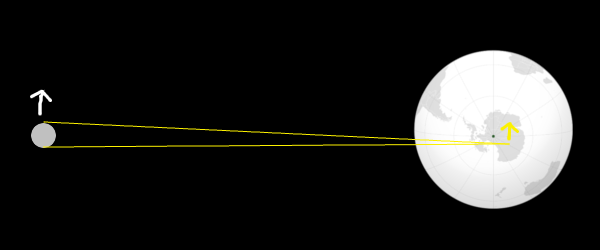Reflections on Barcelona
I recently spent two weeks working in Barcelona, Spain. Here are some of my thoughts about the place.
Externally, the buildings exhibit some amazing architecture. It was a pleasure to spend free time simply wandering on my bike and gawking at the buildings. The architects of Barcelona certainly put a lot of effort into the aesthetics their works project out onto the street. Once inside, however, it seemed like basic considerations for the buildings’ users were not given. Most doors opened inward only, despite this being very dangerous if a building needs to be evacuated, say due to a fire. Very often there were stairs on the way to the elevator, often only two or three steps, making it gratuitously wheelchair inaccessible. This blatant disregard for personal safety and accessibility greatly lessened my admiration for the work the architects put into their buildings’ appearance once I recognized that it was a common theme throughout the city.
After a few days, I realized I was missing plants. Barcelona has very little green space. There are a ton of plazas, but they’re all done edge to edge in paving stones. The residential areas have no lawns or gardens, and there’s not even a strip of grass or trees between the sidewalk and road (instead, they park motorcycles there). I don’t understand why, but Barcelonans feel they have to pave every bit of bare dirt. In the less maintained areas plants would valiantly sprout through the gaps in the paving, but most places even these were trimmed away.
Language is interesting — the native tongue of Barcelona is Catalan, not Spanish. The Catalans call all Spanish castellano, though my Spanish was definitely not castellano but a weak mexicano. (In Spain, if you want some juice, that’s zumo not jugo!) A few people object to you not using Catalan with them — to them español mexicano in Catalonia is a no-no, as if weren’t the case that the only reason our southern neighbor uses any form of español at all is their countrymen of old imposed it upon them.
Except for the tourist areas, the entire city seems to shut down on Sunday. This was annoying, as I had mostly the weekends to explore, and for half the weekend everything is shuttered. Is Spain really that Christian and observant of the Fourth Commandment? I’m wondering if Spain can give their economy a much-needed boost by opening for all seven days.
Catalonian cuisine seemed to magnify some of the worst aspects of American cuisine: The portions are larger, more heavily salted, and have few vegetables. And they add some vices absent in American cuisine: there’s dessert at lunch, and the food is so very bland. I finally got fed up and had a chicken shawarma at a Turkish place just to have some spice, and even it was a pale shadow compared to any İstanbul street vendor. With these large, salty meals, in the summer heat, I was surprised at how small the drinks served are (typically less than 10 oz.) and no complimentary water. And the meals alone are pricey without the overcharging for tiny drinks. (Meals were expensive, but goods in shops seemed quite reasonably priced or even cheap. Faint comfort to a traveler, but better for residents.) Having enjoyed American interpretations of Spanish food, the cuisine was very disappointing.
Despite being there during record summer heat, I found biking around Barcelona to be very nice. (Just dress appropriately and stay hydrated!) The city is small enough that you can bike anywhere in it, and it’s mostly flat or gentle grades. There are many bike paths. Most streets are one-way, though you’re not allowed to turn on a red (oddly, this was adhered to, yet people would go straight on a red if there were no cross traffic). The intersections aren’t well signed, however, and this can pose a problem for navigation when you first go to an area. There are many interesting small alleys, and they don’t twist much, so dead reckoning works well. There’s very little space between parked cars and motoring ones, but this means there’s no danger from being doored, because everyone checks before opening their door, as otherwise they’ll lose it!


![[Earth and moon]](/img/eclipse-diagram5.png)
![[Eclipse in Pacific Ocean]](/img/eclipse-diagram4.png)
![[Antarctic eclipse, side view]](/img/eclipse-diagram6.png)
